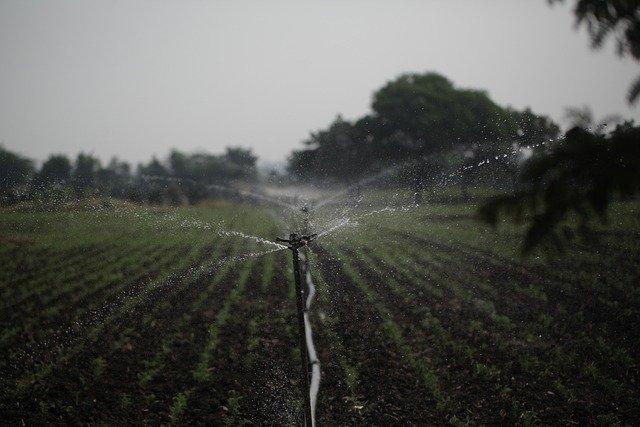Agriculture Courses: Practical Training for Sustainable Farming
Agriculture courses are increasingly designed to connect traditional farming knowledge with modern science, sustainability practices, and hands-on training. Whether you’re an aspiring farmer, an established grower, or someone exploring rural development, structured education in agriculture equips you with the technical skills, market insight, and environmental approaches needed to succeed in today’s food systems. This article outlines what modern agriculture courses cover and how they support practical, sustainable farming careers.

What is agriculture today?
Modern agriculture encompasses crop production, livestock management, agri-business, technology adoption, and resource stewardship. Agriculture courses today emphasize an integrated approach: students learn soil science and plant physiology alongside data-driven tools such as remote sensing, precision irrigation, and farm management software. This blend helps learners understand production systems from seed selection to post-harvest handling while considering market demands and regulatory frameworks. For many programs, experiential learning—field labs, demonstration farms, and internships—forms a core component, ensuring theoretical knowledge translates into farm-ready skills.
How do farming courses build skills?
Farming courses focus on practical competencies that can be applied on small-scale plots or commercial operations. Typical modules include crop rotation planning, integrated pest management, greenhouse techniques, animal husbandry basics, and machinery operation safety. Many programs incorporate hands-on workshops where students practice propagation, pruning, harvesting, and basic equipment maintenance. Beyond technical tasks, courses often cover record-keeping, budgeting, and supply chain basics so new farmers can make informed decisions about input costs, yields, and profitability. These real-world skills shorten the learning curve when starting or expanding a farming enterprise.
How does sustainability shape curricula?
Sustainability is now a central pillar of agriculture education. Courses teach how to design systems that conserve soil, water, and biodiversity while maintaining productivity. Topics commonly include soil health and carbon sequestration, water-saving irrigation methods, agroecological design, organic certification standards, and climate-resilient cropping systems. Sustainability modules also examine social and economic dimensions—fair labor practices, community engagement, and local food systems—so graduates can balance environmental stewardship with viable business models. The goal is to prepare practitioners who can meet present needs without compromising future resources.
What education pathways exist in agriculture?
Education pathways range from short vocational courses to undergraduate and graduate degrees. Certificate and diploma programs often target immediate workforce skills, such as greenhouse management, farm machinery operation, or livestock care. Associate and bachelor degrees expand into agronomy, animal science, agri-business, soil science, and rural development, combining classroom learning with research and fieldwork. Online and blended-learning options increasingly complement in-person labs, making education accessible to those juggling farm work or living in remote areas. Community colleges, agricultural extension services, universities, and private training centers commonly provide these pathways, and local services often list accessible course options in your area.
What training options suit different learners?
Training formats vary to meet diverse learner needs: short workshops for seasonal workers, apprenticeship programs pairing novices with experienced farmers, technical diplomas for mechanization and safety, and research-oriented degrees for innovation and policy roles. For lifelong learners, continuing education modules cover topics like sustainable certification, farm diversification, or agritech tools. Many courses emphasize mentorship, peer learning, and cooperative projects to build networks and practical confidence. When choosing a program, consider learning goals (hands-on skills vs. leadership or research), time commitment, and whether the curriculum includes placements or connections to local markets and extension networks.
Practical considerations for selecting a course include accreditation, instructor experience, hands-on opportunities, and alignment with regional climates and markets. Look for programs that integrate sustainability principles and provide access to demonstration farms, internships, or industry partnerships. For those seeking flexible options, blended or modular training lets you combine short in-person sessions with online theory. Community extension offices and agricultural colleges often offer public workshops and can point you toward local services and funding opportunities for learners.
Conclusion
Agriculture courses today blend traditional farming wisdom with scientific methods, practical training, and sustainability principles to prepare learners for a range of roles in food systems. Whether you aim for hands-on production, agri-business management, or research and policy work, structured education and targeted training provide the knowledge and networks needed to build resilient, productive, and environmentally responsible farming operations.






